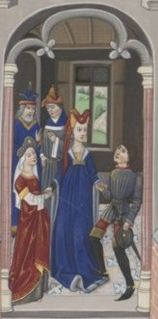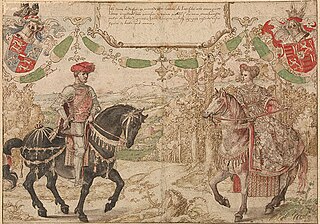 W
WThe County of Loon was a county in the ancien regime Holy Roman Empire, which corresponded approximately with the Belgian province of Limburg. It was named after the original seat of its count, Loon, which is today called Borgloon. During the middle ages the counts moved their court to a more central position in Kuringen, which is today a part of Hasselt, the modern capital of the region.
 W
WAgnes of Loon (1150–1191), was a duchess consort of Bavaria, married to Otto I of Wittelsbach, Duke of Bavaria. She was regent of Bavaria during the minority of her son, Louis I, Duke of Bavaria, from 1183 to 1191. She was the daughter of Louis I, Count of Loon, and Agnes of Metz. Agnes was described as a forceful regent, who managed to secure the inheritance of her son.
 W
WArnold IV of Loon (Looz), was Count of Loon from 1227 to 1273 and Count of Chiny from 1228 to 1268. He was the son of Gérard III, Count of Rieneck and Cunegonde von Zimmern.
 W
WThe Loon War was a war of succession over the County of Holland from 1203 until 1206, brought on by the death of count Dirk VII. The war was waged between Dirk's brother William of Frisia, and Dirk's daughter Ada who had quickly married count Louis II of Loon.
 W
WLouis II was count of Loon between the end of the 12th century to 1218. He was the son of Gerard, Count of Looz, and Adelaide of Gelderland, daughter of Henry I, Count of Guelders, and Agnes of Arnstein, daughter of Louis III of Arnstein. He also claimed to be the legitimate Count of Holland during the Loon War (1203–1206).
 W
WLouis was the Count of Loon, now in modern Belgium, Burgrave of Mainz, in Germany. He inherited these offices from his father. He also established the County of Rieneck apparently based upon the Burgrave's lands.
 W
WMaria of Loon-Heinsberg was the daughter of John II of Loon, Lord of Jülich, Heinsberg and Löwenberg. Her mother was the second wife of John II, Countess Margaret of Solms-Braunfels.